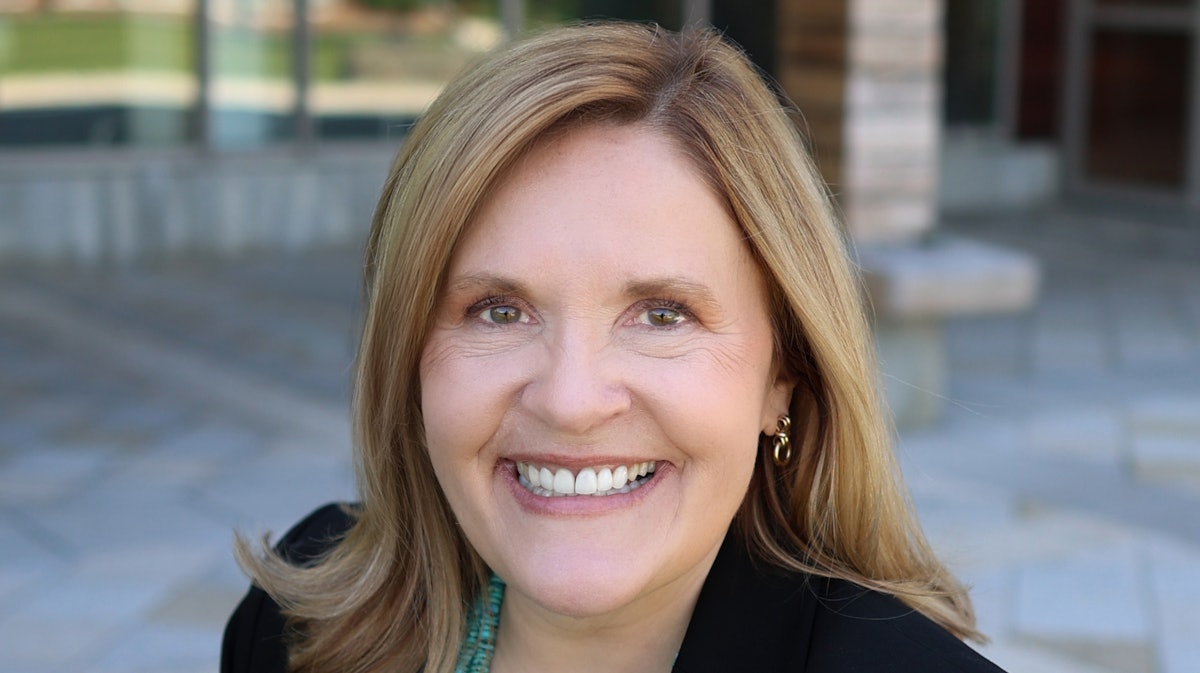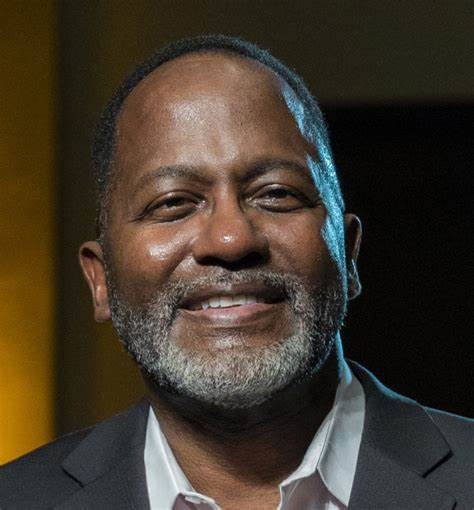Friday marked the 34th anniversary of the Americans with Disabilities Act (ADA), a landmark civil rights law that unlocked opportunity for disabled people in many areas of public life, including in the workforce and higher education. As an educator and university president, I have seen firsthand the ADA’s transformative impact on our higher education systems — and how far we still must go before higher education is truly accessible and inclusive of learners from all backgrounds.
 Lisa Marsh Ryerson
Lisa Marsh Ryerson
Access to education is a social determinate of health; it has the power to unlock a lifetime of economic security and well-being. As a public good, higher education bears the responsibility to serve all learners, including learners with disabilities. To do this, institutions must invest in the design and delivery of systems that meet their needs. Learner-centered design is a solution, but it can’t be an afterthought. It’s our starting point.
The benefits of more accessible, inclusive higher education systems are clear — not just for learners, but for institutions too. At a time when many colleges and universities are struggling with low enrollment and widespread skepticism about the value of higher education, rebuilding public trust in our university system starts with designing and delivering models that serve learners better than our current one.
When I think about building systems that support our learners, students like Ryan come to mind. Ryan is visually impaired. He began taking online courses at Southern New Hampshire University (SNHU) during the COVID-19 pandemic but later enrolled full-time at SNHU’s campus in Manchester, New Hampshire, to pursue a bachelor’s degree in criminal justice.
Ryan worked closely with SNHU’s accessibility center so that he could access the accommodations he needed during his studies, including an orientation and mobility instructor to help him navigate campus and braille copies of his textbooks and PowerPoint presentations. He was also able to ensure that his schedule fit around his medical appointments due to the accommodations that SNHU offered. Accessible and learner-centered systems can help learners like Ryan access and succeed in post-secondary education.
Learner-centered design embraces the principle that everyone learns differently and should have access to options that work best for them, such as the choice between online, in-person, or hybrid programs. Fully accessible and learner-centered higher education programs aren’t just ADA-compliant — they move beyond meeting requirements to true inclusion and view every student as an asset to their institution.
One of the best examples of learner-centered design is the Universal Design for Learning (UDL) framework. UDL is a flexible learning environment where information is presented in multiple formats, and learners can engage with the material, and demonstrate their learning, in the way that works best for them. UDL is the gold standard for accessibility practices. It provides learners with disabilities access to the modalities they prefer, and in turn, all learners benefit.
Many of today’s college students identify as disabled, first-generation, or students of color. They’re working adults, parents and caregivers, veterans, and much more. If higher education gets it right for these historically underserved learners, we can help close the gap for the more than 40 million Americans with some college and no degree or credential.
As president of SNHU, I invite other higher education institutions to join us in building systems that work for all learners. At SNHU, we’re committed to innovating our approaches, learning from what works, and investing in continuous improvement. We hope to partner with other institutions who share our commitment to the work of improving access and learner outcomes in higher education.
As we celebrate the anniversary of the ADA, let’s also use this moment to mark a new era in higher education – an era of collaboration and bold thinking about access that leads to equitable outcomes for all. With institutions leading the way, guided at every step by the voices of disabled learners and advocates, we can ensure that learners from all backgrounds have access to the promise of higher education.
Lisa Marsh Ryerson is the president of Southern New Hampshire University, which serves more than 200,000 learners in all 50 states and around the world.
#Calling #Collaboration #Improved #Higher #Systems










